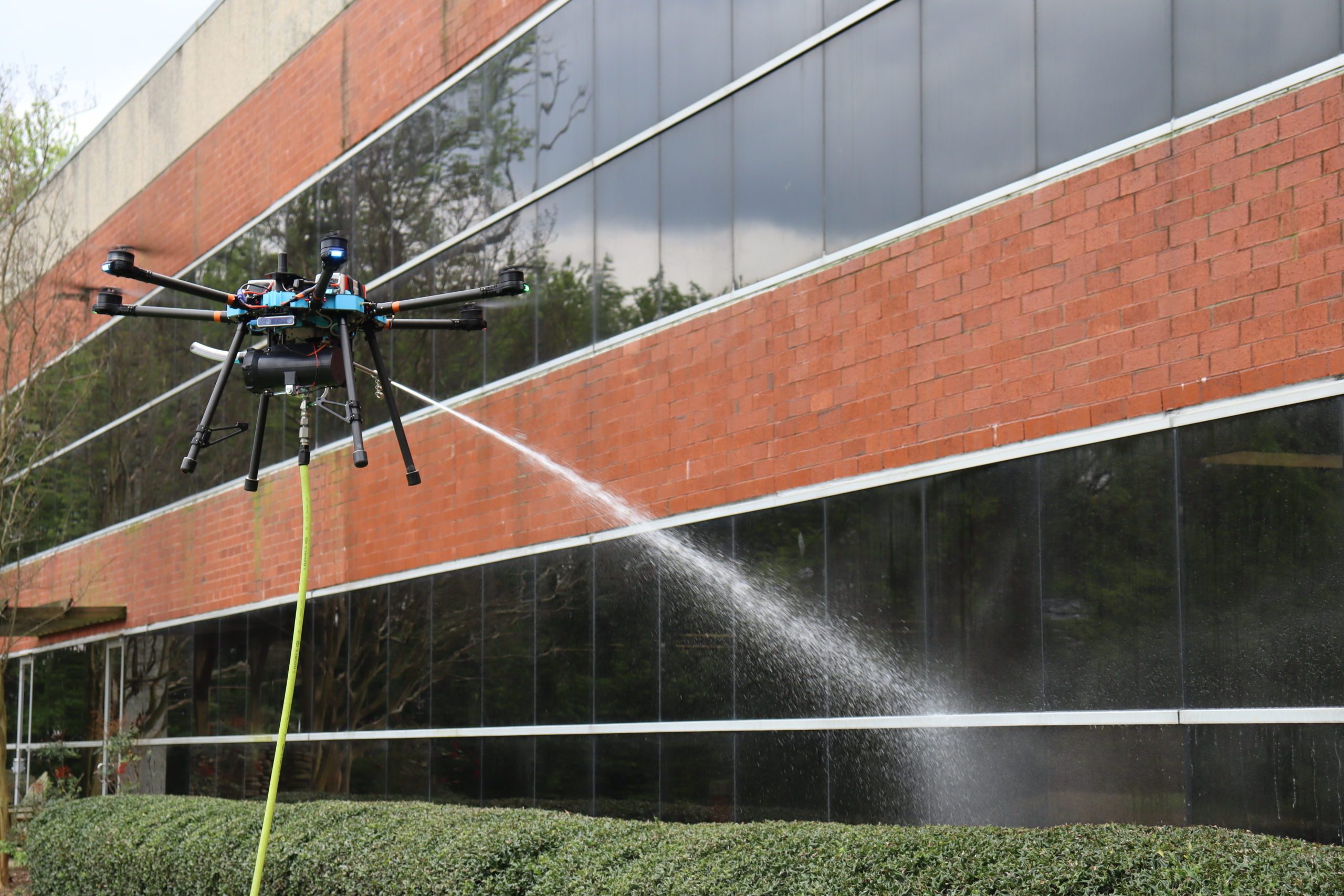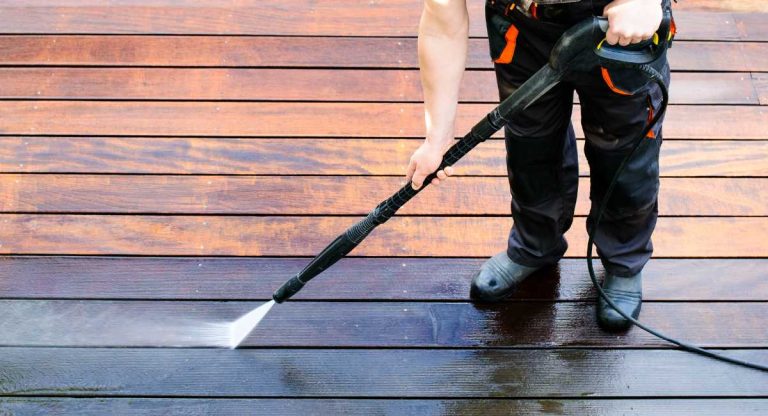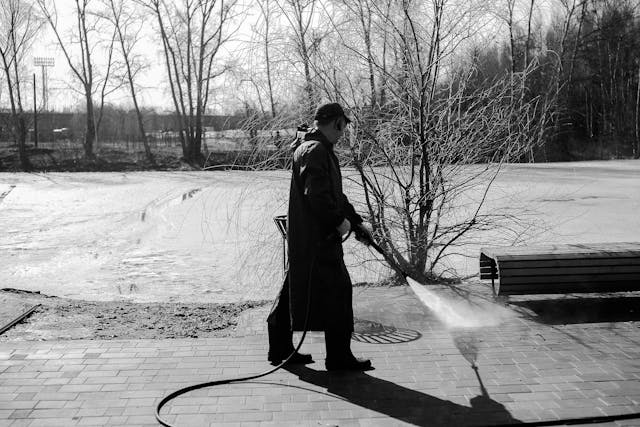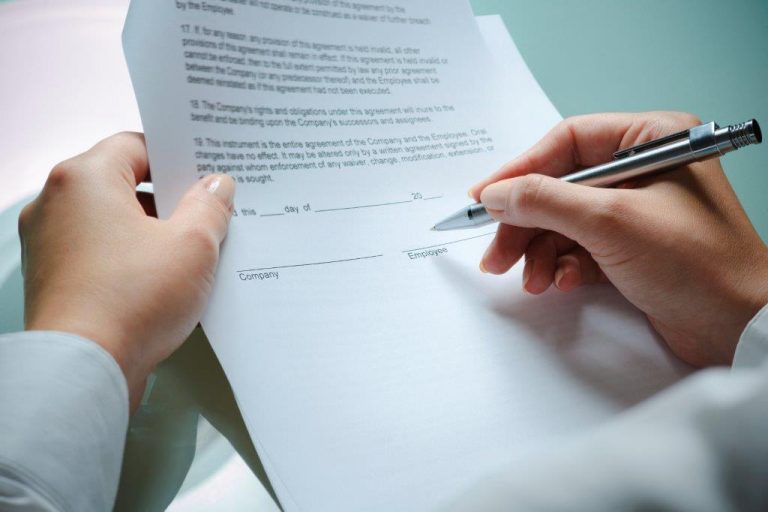
As technology continues to evolve, even the power washing industry is embracing cutting-edge innovations — and one of the most intriguing developments is drone-assisted cleaning. But what exactly does it involve, and should you consider hiring a power washing company that uses drones to get the job done?
If you’re dealing with large-scale buildings, awkward access points, or multi-story structures, drone cleaning might sound like a futuristic solution — and in some cases, it really is. But like any technology, it comes with both benefits and drawbacks.
Here’s a breakdown of what drone-assisted power washing is, how it works, and whether it’s a smart choice for your next cleaning project. 🧼📡
🛠️ What Is Drone-Assisted Power Washing?
Drone-assisted cleaning involves using industrial-grade drones equipped with spray nozzles and pressure systems to clean surfaces that are:
- Hard to reach
- Tall or vertical
- Dangerous for human access
- Time-consuming with traditional equipment
These drones are operated by trained professionals and often tethered to a high-pressure hose and water supply on the ground. They can reach up to 150 feet or more and are typically used to clean:
✅ Building exteriors (multi-story)
✅ Rooftops and solar panels
✅ Stadiums and arenas
✅ Silos and industrial tanks
✅ Bridges and overpasses
✅ Church steeples and historic structures
The drone hovers close to the surface and sprays water, detergent, or foam — much like a human operator would from a lift or ladder. 🏢💦
✅ Advantages of Drone-Assisted Power Washing
Hiring a company that uses drones can offer serious advantages, especially for commercial clients or unique properties:
1. Enhanced Safety
No scaffolding, ladders, or workers at dangerous heights. This dramatically reduces the risk of injury. 🛑🪜
2. Faster Cleaning
Drones can cover large vertical surfaces quickly and efficiently, often cutting job time by 30–50%.
3. Cost Savings on Equipment
Avoids the need for expensive aerial lifts or crane rentals.
4. Access to Difficult Areas
Perfect for locations with limited ground space, uneven terrain, or architectural obstacles.
5. Eco-Friendly Options
Many drones are optimized for low water use and use biodegradable soaps for sensitive surfaces. 🌱
Browse Amazon Here For Top Rated Drones And Accessories
⚠️ Potential Downsides to Consider
While drone-assisted power washing sounds impressive, it’s not the right fit for every job:
❌ Limited Pressure Control
Drones often operate with lower pressure output compared to traditional wands. This means they may not be suitable for removing deep stains or grease.
❌ Not Ideal for Close-Contact Detail Work
For delicate tasks like fence washing, deck restoration, or intricate signage, human touch is often more precise.
❌ Higher Initial Cost for Smaller Jobs
Drone cleaning services may charge a premium, especially if the setup is complex and the property is small.
❌ Weather Limitations
Strong wind, rain, or electrical interference can ground drones and cause delays. ☔💨
❌ Regulatory Challenges
Some areas may have FAA or local drone restrictions, particularly near airports or government buildings.
💬 Questions to Ask a Drone-Capable Contractor
If you’re considering hiring a power washing company that uses drones, ask these questions to make sure they’re qualified and safe:
- “Are your drone pilots FAA-certified?”
- “Do you carry drone-specific insurance?”
- “What kind of surfaces do your drones clean best?”
- “Do you offer a traditional cleaning backup if drone use is limited by weather?”
- “Can you provide before-and-after photos of drone work?”
- “What’s the average water pressure and flow rate from the drone system?”
- “How do you manage runoff or detergent use near sensitive areas?”
The right company should be licensed, insured, and knowledgeable about both power washing and drone operations.
📍 When Drone Cleaning Makes the Most Sense
| Use Case | Drone-Enabled? | Why It Works |
|---|---|---|
| 5+ story buildings | ✅ Yes | Safer and faster than scaffolding |
| Stadiums/arenas | ✅ Yes | Large surface area, minimal access |
| Rooftops & solar panels | ✅ Yes | Avoid walking on fragile panels |
| Parking garages (interior) | ❌ No | Drone access may be restricted |
| Vinyl siding on 1-story home | ❌ No | Traditional methods are better |
| Historic churches or monuments | ✅ Yes | Minimizes surface disruption |
🧾 Pricing Expectations
Drone-assisted cleaning often comes at a higher base price, but can be cost-effective depending on the project scope. Typical pricing models include:
- Per square foot: $0.30–$0.80
- Per structure: $500–$2,000+
- Hourly rate: $150–$300/hour for commercial clients
Be sure to compare drone pricing vs. traditional cleaning for your specific project. In many cases, the drone is more economical for larger-scale or high-access jobs.
🌿 Environmental Considerations
Drones use less ground equipment, which can reduce emissions from lifts and generators. Many companies also promote:
- Low-water spray systems
- Eco-friendly foaming agents
- Targeted applications to reduce runoff
If environmental impact is important to your business or property goals, drone-based cleaning may be the greener choice. 🌎
🧼 Final Thoughts
Drone-assisted power washing isn’t just a flashy gimmick — it’s a legitimate and growing service that offers real advantages for property owners with large, elevated, or difficult-to-access surfaces.
If you’re maintaining a commercial building, warehouse, or unique structure, consider hiring a company that brings flight to their cleaning services. Just make sure they’re licensed, insured, and prepared for the unique demands of the job.
High-tech doesn’t mean high-risk — not when it’s done right. 🚁💧






